Use this “How to Wash Your Hands” procedural writing activity to help familiarise your students with the structural elements of procedure texts.
“How to Wash Your Hands” Procedural Writing Task
Writing scaffolds can be a great support to young students when they are learning the structural features of a new text type.
This flipbook has been created by our expert teacher team to guide your students in writing a procedural text to inform others how to wash their hands. Each page contains a particular structural feature of procedural texts for the students to fill in. These are:
- Page 1 – Materials
- Page 2 – Step 1: Soap
- Page 3 – Step 2: Rub
- Page 4 – Step 3: Rinse
- Page 5 – Step 4: Dry
The keywords featured on each page (soap, rub, rinse, dry) serve as a scaffold to support students in writing the steps of the “How to Wash Your Hands” procedure. Space is also provided for the students to draw a visual representation of each step.
By completing this activity, students will learn the structural elements of a procedural text. They will also learn how to wash their hands correctly (which all teachers will agree is an added bonus)!
Put This “How to Wash Your Hands” Procedure Into Action
Once your students have completed their “How to Wash Your Hands” flipbook, why not have them put their instructions to the test?
Have students visit another classroom. If your school has a buddy system in effect, the buddy class would be a perfect choice for this activity. Students can have their buddy test out the effectiveness of their “How to Wash Your Hands” procedure. Buddies can then provide feedback on the steps they followed.
Alternatively, students could take their flipbooks home and test out their “How to Wash Your Hands” procedure on a family member.
Download to Explore Procedural Writing
Use the Download button above to access either the easy-print PDF or the editable Google Slides version of this procedural writing flipbook. (Note: You will be prompted to make a copy of the Google Slides template on your personal drive before accessing it.)
Instructions on how to compile the flipbook can be found on the first page of the resource.
This resource was created by Lindsey Phillips, a Teach Starter collaborator.
Click to Access More Procedural Writing Resources
At Teach Starter, we know you want to spend more time teaching and less time planning! Here are some more great teacher-created, curriculum-aligned procedural writing resources to enhance your English lessons.
[resource:5082572] [resource:5082140] [resource:2691426]



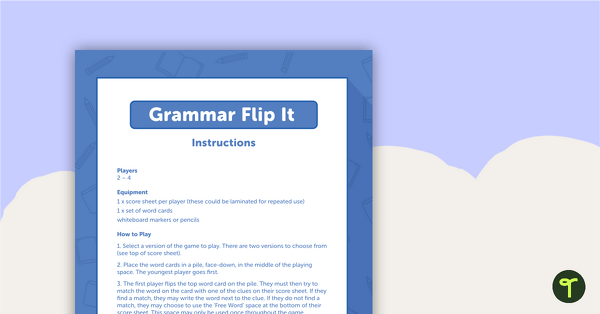
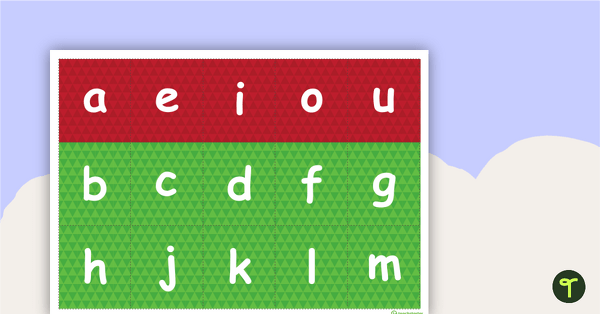
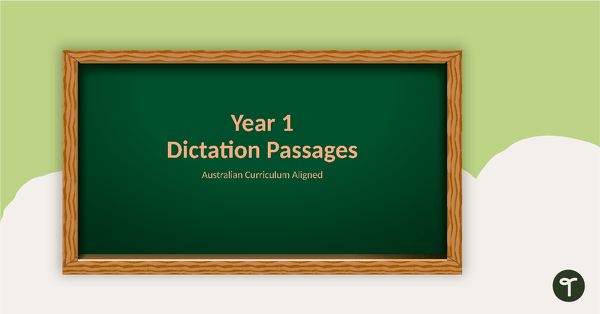
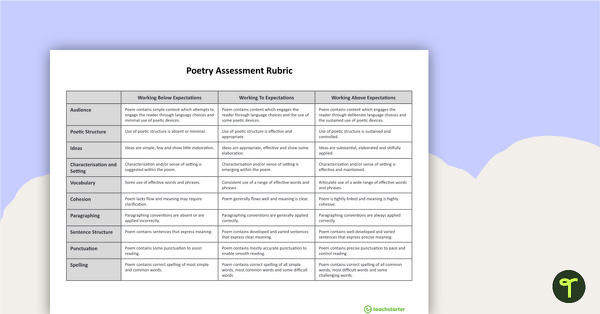
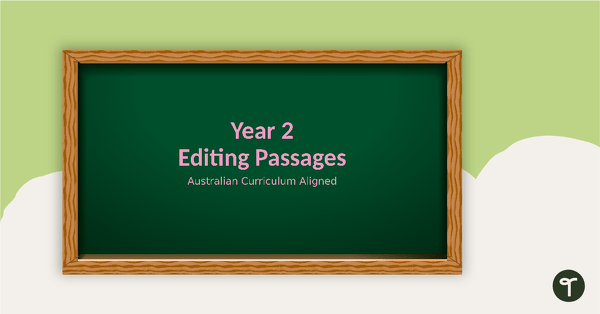
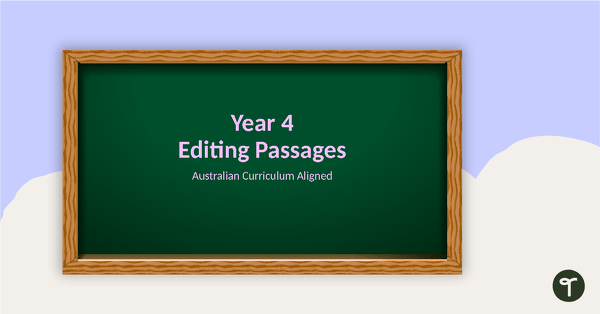

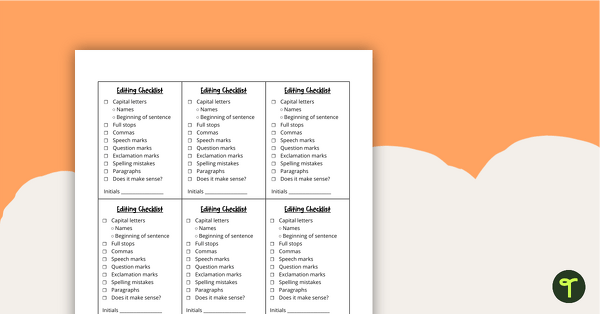
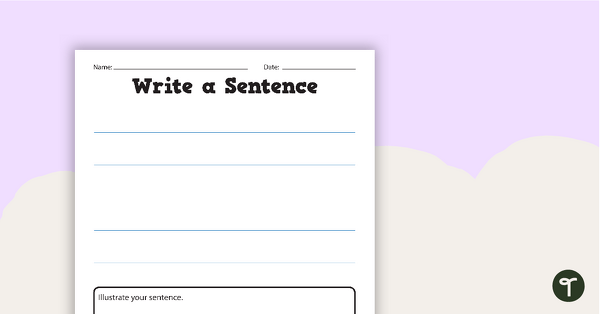
0 Comments
Write a review to help other teachers and parents like yourself. If you'd like to request a change to this resource, or report an error, select the corresponding tab above.